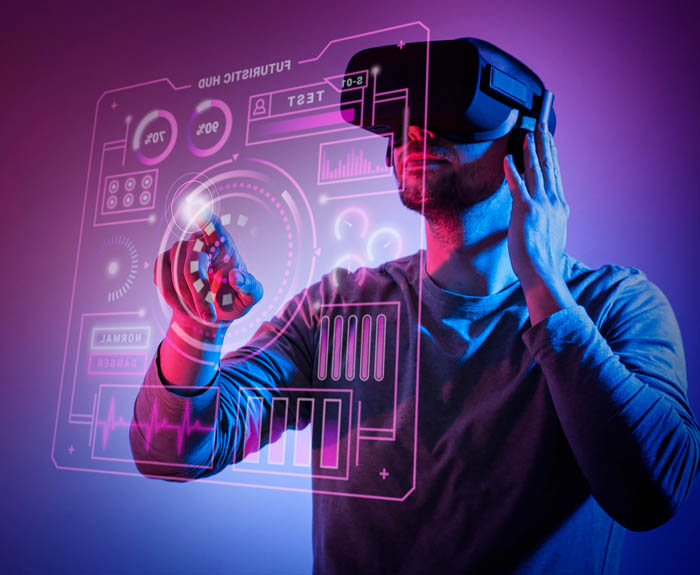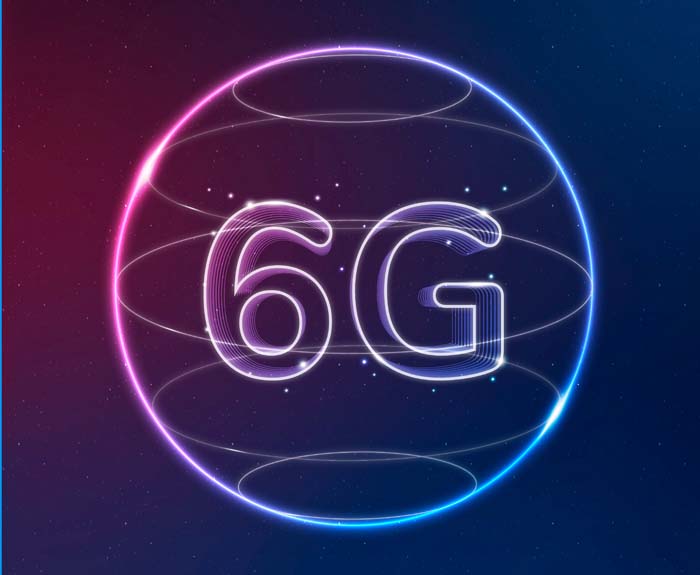Introduction:
In recent years, the term “metaverse” has gained significant attention, fueling our imagination with visions of a fully immersive and interconnected digital universe. The metaverse represents a virtual realm where people can interact, explore, and engage with each other and digital content in ways we have only dreamed of. In this blog post, we will delve into the concept of the metaverse, its potential applications, and the implications it holds for our future.
Defining the Metaverse:
The metaverse can be described as a collective virtual shared space that encompasses both physical and digital realities. It goes beyond the traditional concept of virtual reality and encompasses augmented reality, virtual worlds, gaming environments, social networks, and more. It aims to create a seamless integration of the digital and physical worlds, enabling users to traverse and interact within this expansive, interconnected space.
Immersive Experiences and Digital Interaction:
At the heart of the metaverse are immersive experiences that transcend traditional screen-based interactions. Users can dive into virtual worlds, interact with lifelike avatars, and engage in real-time collaboration and communication. This multidimensional environment will redefine how we socialize, work, learn, and entertain ourselves.
Applications and Potential:
a.Social Connections: The metaverse has the potential to reshape social interactions by providing platforms for virtual gatherings, shared experiences, and online communities. People from different corners of the world can come together, regardless of physical distance, fostering global connections and cultural exchange.
b.Commerce and Economy: The metaverse opens up new avenues for digital commerce and economic activities. Virtual marketplaces, digital currencies, and decentralized economies within the metaverse can revolutionize online shopping, virtual asset ownership, and monetization of digital content.
c.Education and Training: The metaverse has the power to transform education and training by creating immersive learning environments. From virtual classrooms and interactive simulations to hands-on training experiences, the metaverse can provide personalized and engaging educational opportunities.
d.Entertainment and Gaming: Gaming has been a driving force in the evolution of the metaverse.
With increasingly realistic graphics, virtual reality, and augmented reality technologies, gaming experiences will become more immersive and socially connected. The metaverse will blur the lines between gaming, entertainment, and social interaction.
Technical Foundations:
The metaverse relies on several key technologies to bring its vision to life:
a.Virtual Reality (VR) and Augmented Reality (AR): VR and AR technologies enable immersive experiences, providing users with sensory-rich environments and overlays of digital information in the physical world.
b.Internet of Things (IoT): The IoT connects physical objects and devices to the digital realm, allowing them to interact and exchange data. IoT integration within the metaverse can create a seamless bridge between the physical and virtual worlds.
c.Blockchain and Cryptocurrencies: Blockchain technology and cryptocurrencies play a vital role in the metaverse by facilitating secure transactions, verifying digital ownership, and establishing trust in decentralized environments.
Challenges and Considerations:
While the concept of the metaverse holds immense potential, it also poses several challenges:
a.Interoperability: Ensuring interoperability between different platforms and systems within the metaverse will be crucial to creating a seamless user experience.
b.Privacy and Security: Protecting user privacy and data security in a highly interconnected and data-driven environment will require robust safeguards and encryption mechanisms.
c.Accessibility and Inclusivity: Efforts should be made to ensure that the metaverse is accessible and inclusive to people from diverse backgrounds, with considerations for accessibility features, digital divide, and equitable access.
Conclusion:
The metaverse represents a paradigm shift in how we interact with the digital realm, offering boundless possibilities for social connection, commerce, education, and entertainment. While the metaverse is still evolving and faces technical and societal challenges, its potential to reshape our lives and foster new opportunities is undeniable. As we embark on this journey into the metaverse, it is crucial to approach its development with careful consideration, ensuring that it remains a space that benefits and enriches the lives of all who enter it.



